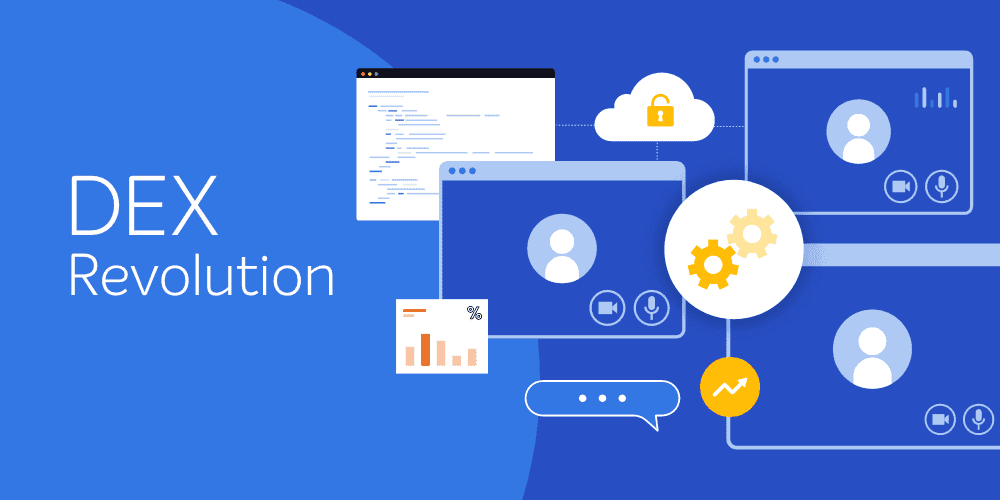Microsoft’s Trustworthy Computing group has released volume 15 of the Microsoft Security Intelligence Report, which provides threat intelligence and analysis of cyber threats in more than 100 countries/ regions worldwide. The report carries dire warnings for users of older Operating Systems, even before Windows XP extended support ends in April next year.
One of the key findings was the increased risk from malware when using Windows XP as opposed to either Windows 7 or 8. During the first half of 2013, currently supported versions of Windows desktop Operating Systems (that is, Windows XP, Windows Vista, Windows 7, and Windows 8) all had roughly similar malware encounter rates – between 12 and 20 per cent. But Windows XP systems had an infection rate that was six times higher than Windows 8.
So, the Windows XP Operating System is six times more likely to be successfully hacked than PCs running Windows 7 and Windows 8 even before Microsoft ends all Windows XP support, including issuing security patches, come April 8, 2014.
Criminal hackers, as you might imagine, can't wait until April 8, 2014. That's because most consumers are clueless about the true scope of security risks. And thousands of companies, for economic and operational reasons, appear intent on continuing to use XP machines well after Microsoft officially stops Windows XP support, which was launched in October 2001."XP has been a beloved Operating System for millions and millions of people around the world, but after 12 years of service it simply can't mitigate the threats we're seeing modern-day attackers use," says Tim Rains, director of Microsoft Trustworthy Computing.
So whilst the bad guys will continue to work to find ways to exploit Windows XP, Microsoft will stop fighting back. Without users being issued regular security patches for XP, cybercriminals can quickly move to take advantage.
On the first Tuesday of each month, Microsoft issues new security patches for Windows 7 and 8. Roughly two thirds of malware developed for newer Windows platforms will also effect Windows XP. Therefore, each security patch issue will act as a signpost for hackers as to potential holes in Windows XP’s security. Holes which Microsoft will not move to patch once Windows XP extended support comes to an end.
"Potential cyber attackers can take publicly available information about new problems identified with Windows 7 and test if the same issue also applies to Windows XP," says Sumir Karayi, CEO at IT Efficiency company 1E. "With no more patches being made available by Microsoft following the end of Windows XP extended support, the XP Operating System will make an easy, and obvious, target for hackers."
The sheer number of Windows XP machines still in operation provide ample incentive for the bad guys. The 18 per cent of companies that Forrester Research Inc. has identified[1] as not having yet migrated from Windows XP on to either Windows 7 or Windows 8 will become obvious targets.
Microsoft itself is offering companies who choose not to sunset XP the opportunity to purchase 'Custom Windows XP Support' in order to receive critical security updates and related technical support. Organizations considering it as an option best be prepared for eye-wateringly high costs though: Depending on the size of your estate, this could cost you anywhere from $200K for a smaller estate (of 25K PCs) to more than $2m for 100K PCs or more in just a year, and these costs are likely to DOUBLE over two years.
Doing nothing is not an option: “We have already had a glimpse into what happens when a Windows XP-based platform goes out of support. In the two years after Windows XP Service Pack 2 went out of support, its malware infection rate was 66 percent higher than Windows XP Service Pack 3 – the last supported version of Windows XP,” warns Tim Rains.
Operating System migrations can be complex, time-consuming, and expensive, but they don’t have to be. Automation eases the process for true zero-touch Operating System migrations. A software-based solution enables automated company-wide content distribution; application optimization, rationalization and mapping; user self-service without affecting your users’ productivity; and to top it all, with a business as usual team.
Talk to us about a Windows Migration solution proven to accelerate, automate and significantly reduce costs for large scale Windows 7 and Windows 8 migrations in just a few months, beating the end of Windows XP extended support deadline. Our consultants have years of experience working on complex Microsoft projects, and can show you exactly how much your migration will cost and how much time it will take, no uncertainty. On top of that, our approach is future-proofed, meaning next time it will be repeatable and easy – you’ll never again have to worry about the risk to your organization from unsupported platforms.
[1] Source: Forrester Research Inc. Forrsights Hardware Survey Q3 2013







